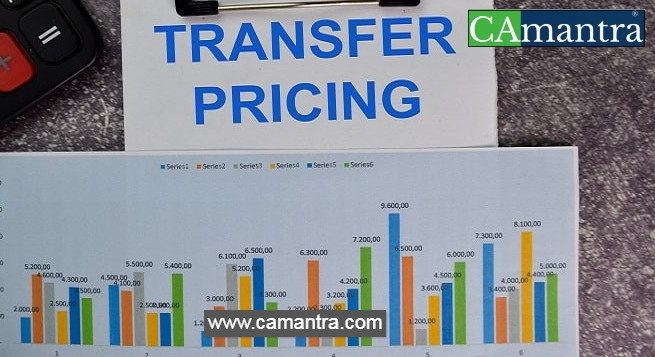Transfer pricing termed as the prices of goods and services that are exchanged between two commonly controlled legal entities within an enterprise. For example, if you have a subsidiary company who sells goods or renders services to your holding company, the price charged is referred to as transfer price and the setting is called transfer pricing. The term common control refers to those that are ultimately controlled by a single parent corporation.
Multinational companies use transfer pricing as a method of allocating advantages/profits among its different subsidiaries within the organization. In the corporate tax and accounting world, transfer pricing is the practice of setting the price of goods & services for transactions between affiliated organizations
The OECD (Organization for Economic Co-operation and Development) is responsible for regulating transfer pricing guidelines for multinational organizations. These guidelines are accepted by all tax authorities to assure the accuracy and fairness.
They define that the price of a controlled transaction which made internally between related companies must follow arm’s length principle. This principle clearly stated that a company must charge a similar price for a controlled transaction as an uncontrolled transaction made by a third party. In other words, the transaction amount needs to be a fair market price.
What are the Objectives of Transfer Pricing?
1. Transfer pricing leads to minimizes the tax burden or arranging direction of cash flow.
2. Transfer pricing results in shifting profits.
3. Profit shifting- Tax avoiding not the only object.
Transfer between the enterprises under the same control & management, of goods, commodities, merchandise, raw material, stock etc. is made at a price which is not imposed by the market but controlled by such considerations such as:
• To reduce profits artificially so that tax effect is reduced in a certain country.
• To facilitate decentralization of production.
• To address profits more than the ceilings imposed for repatriation.
• To use it as an adequate tool to exploit the fluctuation in foreign exchange to advantage.
What are the Benefits of Transfer Pricing?
- Transfer pricing benefited us in duty costs by shipping goods into countries with huge tariff rates at minimum transfer prices so that the duty base of such transactions is low.
- Next benefit from transfer pricing is lowering the income & corporate taxes in those countries which have high rated tax through overpricing the goods that are transferred to countries which have lower rates of tax, this process will help companies to earn huge margin of profits.
- Transparency is another benefit because it makes dealings between various departments transparent.
What are the Risks associated with Transfer Pricing?
- There can be disagreements within the divisions of same organization in respect to the policies on pricing and transfer.
- There are Lots of additional costs will be add as you need time and manpower to execute transfer prices & maintaining a proper accounting system to support them.
- Transfer pricing commonly known for their complicated and time-consuming methodology.
- You can face difficulties to set prices for intangible items such as services rendered.
Transfer pricing offers various benefits for a company from a taxation perspective, although regulatory authorities often frown upon the use of transfer pricing to avoid taxes.
Through Transfer pricing you can take benefit of different tax regimes in various countries by booking more profits for goods& services produced in countries with lower tax rates. International tax laws are governed by the Organization for Economic Cooperation and Development which is also known as OECD and the auditing firms under OECD review and audit the financial statements of multinational company accordingly.

